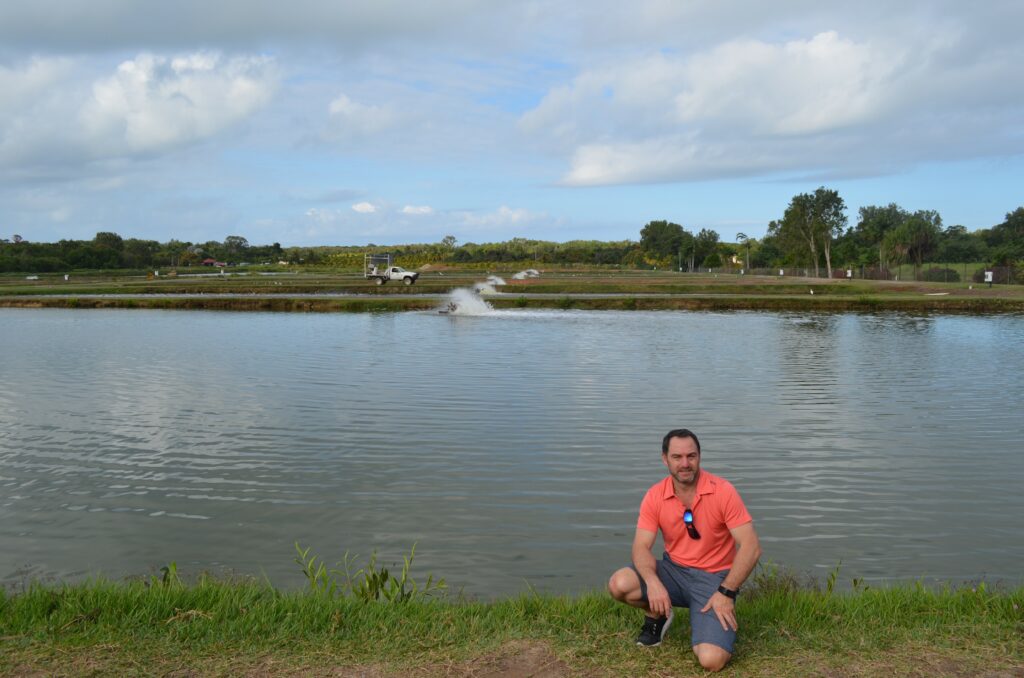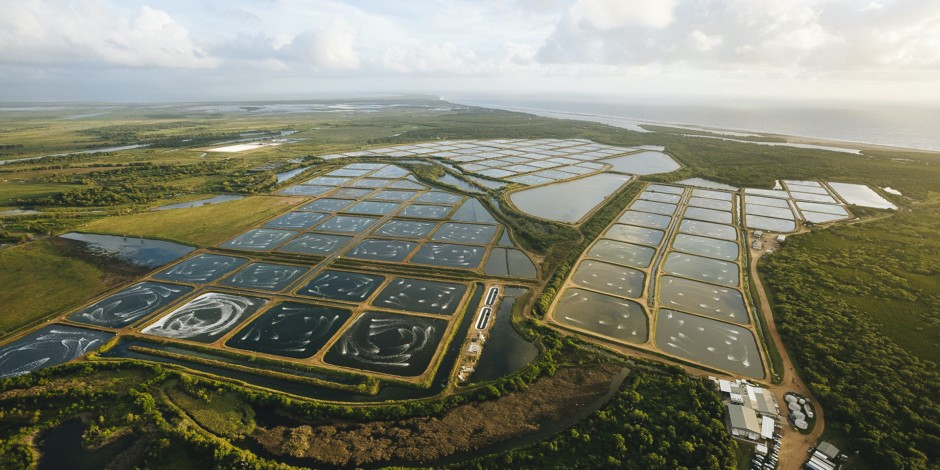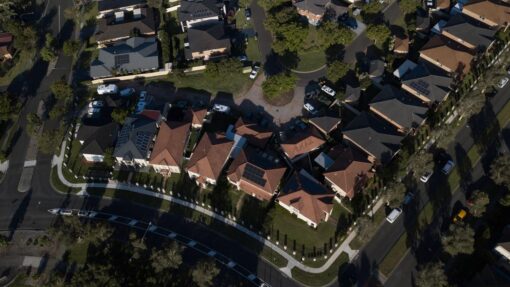Global seafood squeeze to put more farmed prawns on Aussie barbecues
Suellen Hinde - Queensland Editor |

The days of putting “wild caught” prawns on your plate may soon disappear as investment in aquaculture – or farmed prawns – surges in Queensland in a bid to sustainably meet rising demand for seafood around the world.
Aquaculture is expected to become the dominant sector of the seafood industry in Australia this year as wild caught production declines.
Aquaculture will hit a new peak production value of over $2 billion for the first time, according to a report released this month by Australian Bureau of Agricultural and Resource Economics and Sciences (ABARES).
The transformation is already underway, with farmed prawns forecast to account for over one-third of Australia’s gross value of prawn production in 2021-22.

“The overall value of Australian fisheries and aquaculture production is recovering strongly in 2021–22 post pandemic, growing by 10 per cent to $3.55 billion – the highest level achieved since 2002–03,” the Australian Fisheries and Aquaculture Outlook 2022 reports.
“Most Australian prawn production is wild caught, but the share of aquaculture prawns is increasing. A planned large-scale prawn farm in northern Queensland at Guthalungra is expected to add between 2,000 tonnes and 2,500 tonnes to aquaculture output,” ABARES reports. “Global production of prawns is forecast to rise by 10 per cent to reach 5 million metric tonnes in 2022.”
This growth in the aquaculture sector is driving research into the industry by James Cook University (JCU) to manage environmental impacts of farming and produce higher quality disease resistant products.
In a world first, Queensland researchers at JCU announced last week they have successfully mapped the genome of the Australian black tiger prawn – in a bid to increase farmed seafood production. Black tigers are the biggest native prawns, and relatively niche in the Australian market.
“Aquaculture Farming is the most efficient way to create animal protein,” JCU Professor of Aquaculture Dean Jerry said.

Professor Jerry said the benefits of mapping the genome will come in a whole range of complementary areas.
“It radically changes the landscape for prawn research,” said Professor Jerry. “The genome will allow us to select for efficiency, growth and disease resistance. Demand is going through the roof – particularly driven by health-conscious consumers – but there is a limit to the resource and we need to find alternative sources of seafood protein.”
Located beside the tropical waters of the Great Barrier Reef, Australian prawn producer, Pacific Reef Fisheries is aware of the importance of treading lightly on this fragile marine ecosystem with its 96-hectare farm in Ayr, about 96kms from Townsville, on the outskirts of mangrove areas. Established in 1998 and rejuvenated in 2017, Pacific Reef Fisheries produces more than 1,000 tonnes of farmed black tiger prawns each year.

In a decade long partnership with the company, JCU also developed RegenAqua – a solution to improve water purity and manage discharge from farms.
With over 95 per cent of the nation’s prawn farms located in the warm waters of tropical Queensland, strict regulations apply to manage prawn farm effluent and its impact on the marine ecosystem. The legislation permits only very low levels of effluent discharge, at very low concentrations.
Professor Jerry said the company approached them with a problem of how to remove the nitrogen and phosphorus from the wastewater at Pacific Reef Fisheries’ prawn farm, “with the objective of having the smallest environmental impact that they could have”.
The JCU solution was a macroalgae called Ulva – or ‘sea lettuce’.
“Seaweed is a very good mechanism for removing very low levels of nitrogen and phosphorus. And it has an enormous capacity to grow very quickly in the right conditions. Aquaculture production, which is rich in nitrogen and phosphorus, and which in the tropics has high light and warm temperatures, provides just those conditions. Using seaweed to treat the water that comes off aquaculture production is the perfect solution to environmentally manage water quality,” he said.

The RegenAqua solution is a key driver behind Pacific Bio’s success in securing approval for an expansion at Guthalungra – a two-decade old project north of Bowen in Queensland. Around 250 hectares of the 800-hectare site is earmarked for aquaculture. The Whitsundays Council has given the company until 2023 to get the project underway.
The company states on its website that “Guthalungra is a big project: we’ve got a big block of land and a big sustainability solution. We want to bring different operators together under our environmental authority, using our RegenAqua approach, to boost farmed prawn production.
“But we also want to build a seafood processing plant – which North Queensland doesn’t have – which could boost value-adding opportunities for Australian aquaculture. We’d be creating jobs, returning more value to farmers, and boosting sustainability.”



